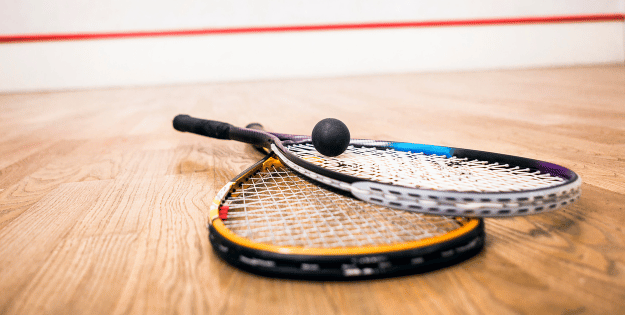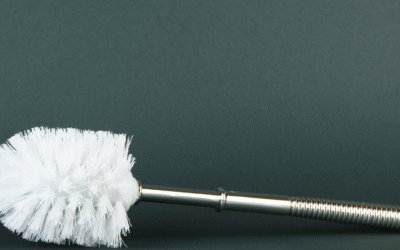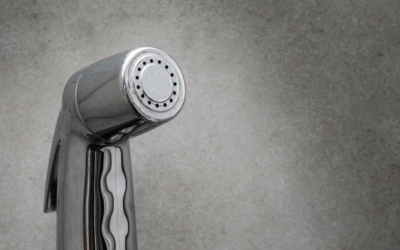Choosing the right squash strings can transform a player’s game, enhancing power, control, and comfort on the court. With a variety of options available, from the renowned Tecnifibre 305 to the dynamic DNAMX, players can tailor their equipment to match their playing style. The gauge of the string also plays a crucial role, with thinner strings offering more power and spin, though they may compromise on durability.
Understanding the nuances of squash strings is essential for players at any level. The right strings can significantly impact racket performance, making it vital to consider personal preferences and playing standards. With leading brands like Dunlop, Ashaway, and Wilson offering a wide range of options, players have the opportunity to experiment and find the perfect fit for their game.
In this article, we’ll delve into the best squash strings on the market, providing insights to help players make informed choices and elevate their performance.
Top Amazon Sellers
Key Takeaways
- Choosing the right squash strings is crucial for enhancing power, control, and comfort on the court, and should be matched to a player’s specific style and needs.
- The gauge of squash strings significantly impacts performance, with thinner strings providing more power and spin, but potentially sacrificing durability.
- String tension influences control and power; lower tensions increase power while higher tensions improve control, requiring players to find a balance that suits their playing style.
- Various materials like monofilament and multifilament, as well as natural gut versus synthetic, offer different benefits such as comfort, durability, and affordability.
- Regular restringing and proper maintenance, including checking for wear and storing correctly, are essential for maintaining performance and extending the lifespan of squash strings.
Guide to Selecting Squash Strings
Selecting squash strings requires considering several factors like gauge, tension, and material. Thinner strings generally offer more power but less durability compared to thicker ones. Players can adjust string tension to influence control and power—the tighter the tension, the more control is achieved. Material composition also matters; synthetic options typically provide durability while natural gut strings enhance feel and comfort. The best squash strings harmonise with a player’s style, whether they focus on control, power, or feel. Understanding these elements helps players optimise racket performance and improve overall gameplay. Exploring different combinations allows them to find strings tailored to their specific needs.
Types of Squash Strings
Squash strings vary in material and construction, affecting the performance and feel of the racket. Understanding these differences aids in selecting the best squash strings for a player’s needs.
Monofilament vs. Multifilament
Monofilament strings consist of a single solid fibre, offering durability and a stiffer feel. In contrast, multifilament strings comprise numerous strands, providing enhanced comfort and elasticity, often preferred for better playability and dynamic response.
Natural Gut vs. Synthetic
Natural gut strings provide exceptional feel and power, though they’re prone to breaking and costly. Synthetic strings, however, offer greater durability and are often more budget-friendly, balancing performance and longevity for players.
Key Factors in String Choice
String tension and gauge play crucial roles in determining squash string performance. A careful balance of these factors enhances overall play, giving players greater control and power on the court.
String Tension
String tension is pivotal in influencing power and control. Lower tension, around 22-24 lbs, permits deeper ball embedding in strings, aiding power. Conversely, higher tension, 28-32 lbs, offers precise control but risks snap tensile failures. Choosing the best squash strings involves finding the right tension to suit playing style.
String Gauge
String gauge affects power and durability. Thinner strings yield more power but lessen durability, ideal for players seeking enhanced playability. Thicker gauges increase durability, making them preferable for players prioritising longer-lasting strings. An optimal gauge balances power and longevity, crucial when selecting the best squash strings.
Popular String Recommendations
Selecting high-quality squash strings enhances overall gameplay. Professional players prioritise certain string characteristics that align with their performance goals.
Professional Choices
Players favour strings offering optimal control and power balance. Durability and tension retention also significantly influence selection, ensuring consistent play throughout matches.
Restringing Considerations
Frequency of restringing depends on playing style, intensity, and personal preference, impacting performance with the best squash strings. Regular players may benefit from restringing every 30-40 hours of play, maintaining tension and responsiveness.
Choosing the appropriate string gauge and tension is essential, tailored to desired power and control. Players seeking more power typically select lower tensions, while those prioritising control opt for higher tensions. Consideration of climate and humidity also influences string performance, with adjustments needed for optimal play in varying conditions.
Checking for fraying and wear ensures strings perform effectively, avoiding sudden breaks. For consistent performance, players should allocate time for regular inspections, promoting longevity and reliability. Proper storage in a cool, dry place extends the lifespan of the strings and maintains their specific qualities.
Conclusion and Top Picks
Choosing the right squash strings can significantly impact a player’s performance, offering a tailored balance of power, control, and comfort. With a variety of options from leading brands, players are encouraged to experiment to find their ideal setup. Understanding the nuances of string gauge, tension, and material composition will help players optimise their gameplay. Regular maintenance and restringing ensure that strings maintain their performance, making it essential for players to stay attentive to their equipment. By selecting the best strings suited to their style and preferences, players can enhance their overall squash experience and achieve their performance goals.
Frequently Asked Questions
How do I choose the best squash strings for my playing style?
Choosing the right squash strings depends on balancing power, control, and durability. Thinner strings offer more power and feel but less durability, ideal for aggressive players. Thicker strings provide durability, suiting defensive players aiming for longevity. String tension also matters; higher tension improves control but reduces power, whereas lower tension increases power but decreases control. Experiment with different options, including reputable brands like Dunlop and Wilson, to find your optimal fit.
What is the recommended tension for squash strings?
Recommended string tension varies based on desired playstyle. Lower tension, around 22-24 lbs, enhances power by allowing more ball embedding. Higher tension, approximately 28-32 lbs, offers more control, benefiting precision shots. Adjust string tension according to your preference and playing conditions, such as climate and humidity, which can affect string performance. Regular adjustments and testing are advised to optimise your racket’s performance.
How often should I restring my squash racket?
The frequency of restringing depends on play intensity and personal preference. Regular players benefit from restringing every 30-40 hours of play to maintain tension and responsiveness. If strings show signs of fraying or wear, consider restringing sooner to prevent sudden breaks. Regular inspections and proper storage in a cool, dry place can extend the lifespan of your strings.
Are natural gut strings better than synthetic strings for squash?
Natural gut strings provide exceptional feel and power, enhancing comfort, ideal for precision players. However, they are costly and prone to breaking. Synthetic strings offer greater durability and are budget-friendly, making them suitable for players prioritising longevity and controlling costs. Players should weigh the trade-offs between feel and durability when choosing between the two based on their performance goals and budget.
What are the differences between monofilament and multifilament squash strings?
Monofilament strings are made from a single strand, offering greater durability and a stiffer feel, suitable for players seeking long-lasting strings. Multifilament strings, consisting of numerous strands, provide enhanced comfort and elasticity, delivering a softer feel and improved touch. Choose monofilament strings for strength and multifilament options for enhanced playability and comfort, depending on your playing preference.












